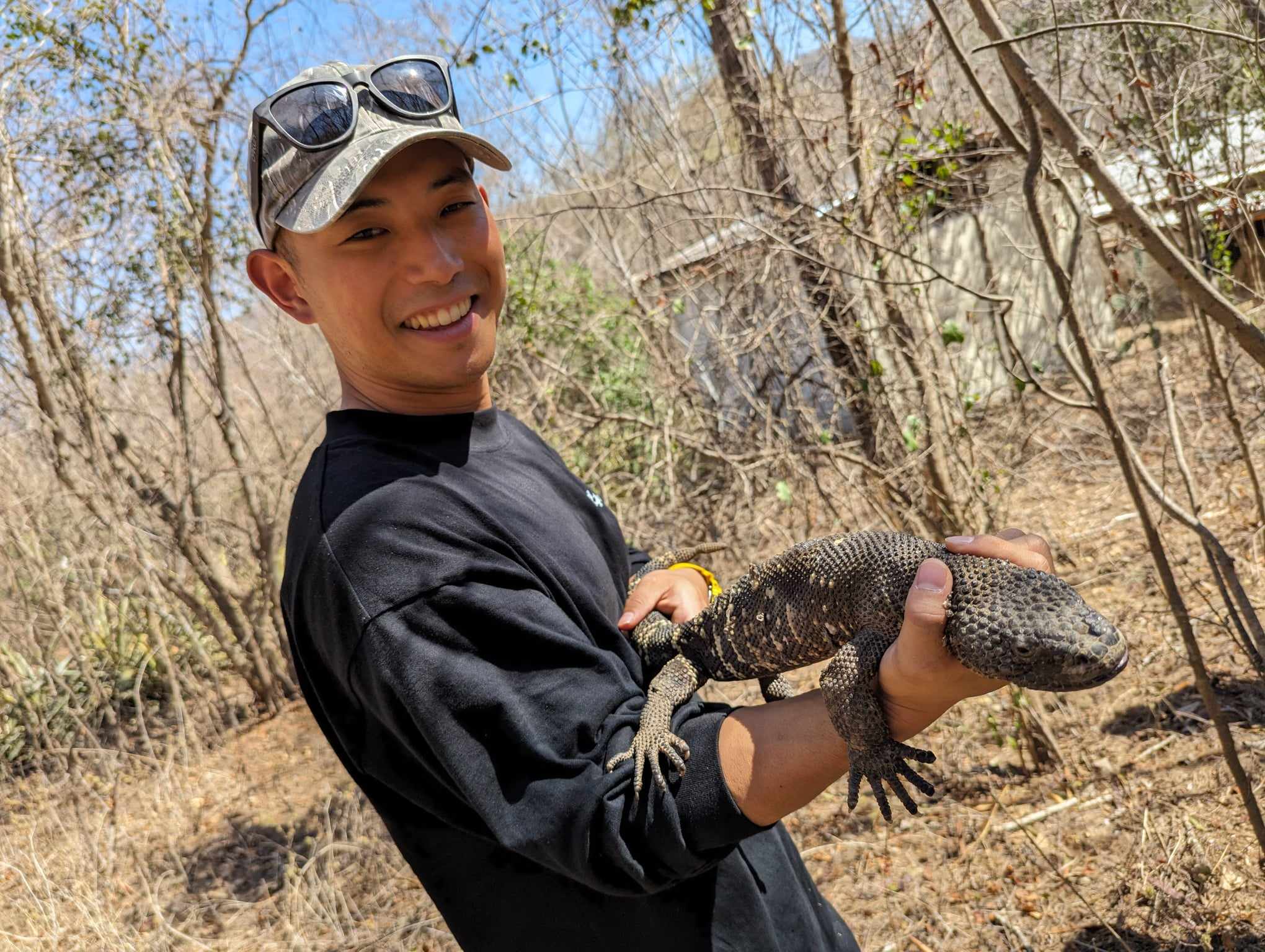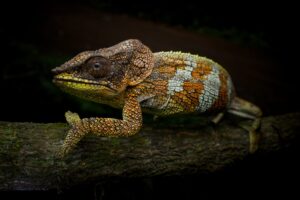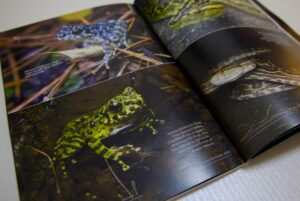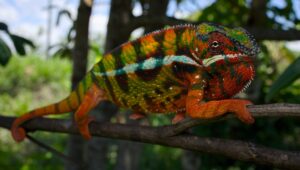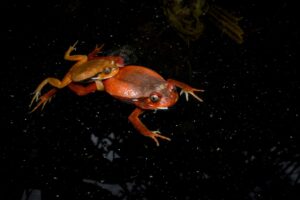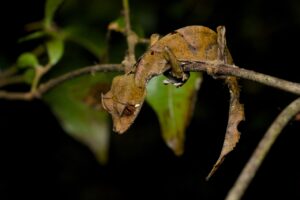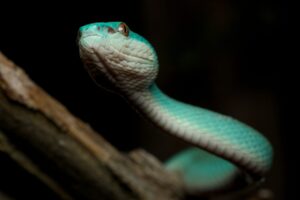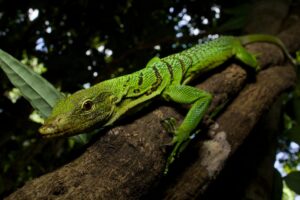Currently, there are seven species of Goniurosaurus (Japanese ground geckos or Japanese cave geckos ) living in Japan. Here, I would like to introduce my favorite creatures among them.
① Kuroiwa’s Ground Gecko (Goniurosaurus kuroiwae)
It inhabits the southern part of Okinawa Main Island. Its characteristic feature is a single line running along the back. Its skin is somewhat pale, giving it an overall whitish appearance, which stands out. The southern part of Okinawa Main Island has a limestone-rich terrain, providing a unique backdrop for photography, making it particularly enjoyable to photograph this species.
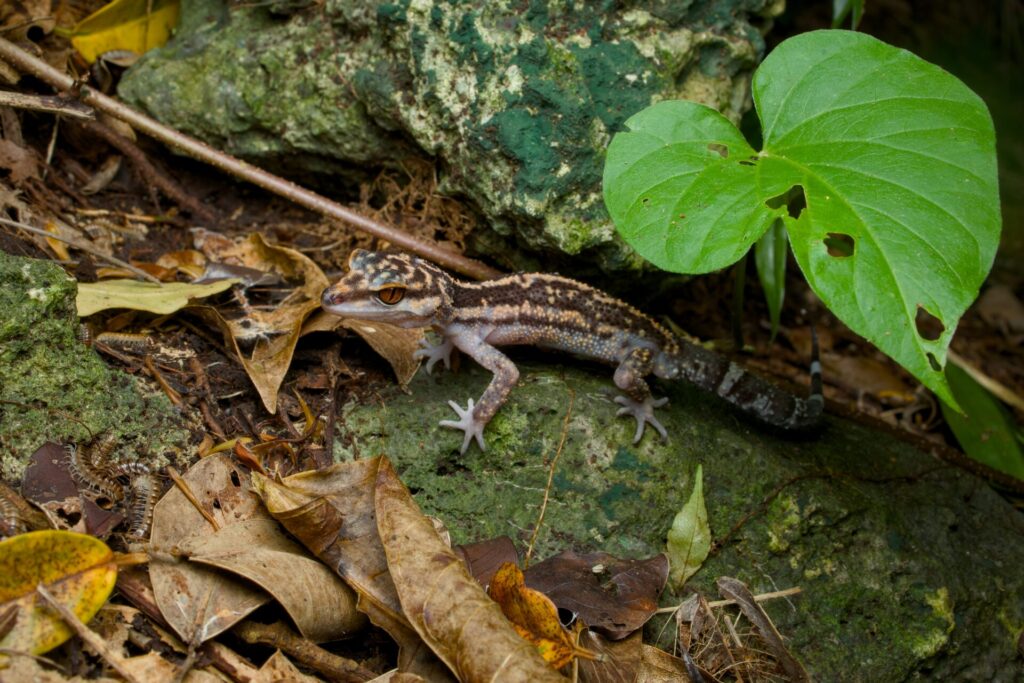
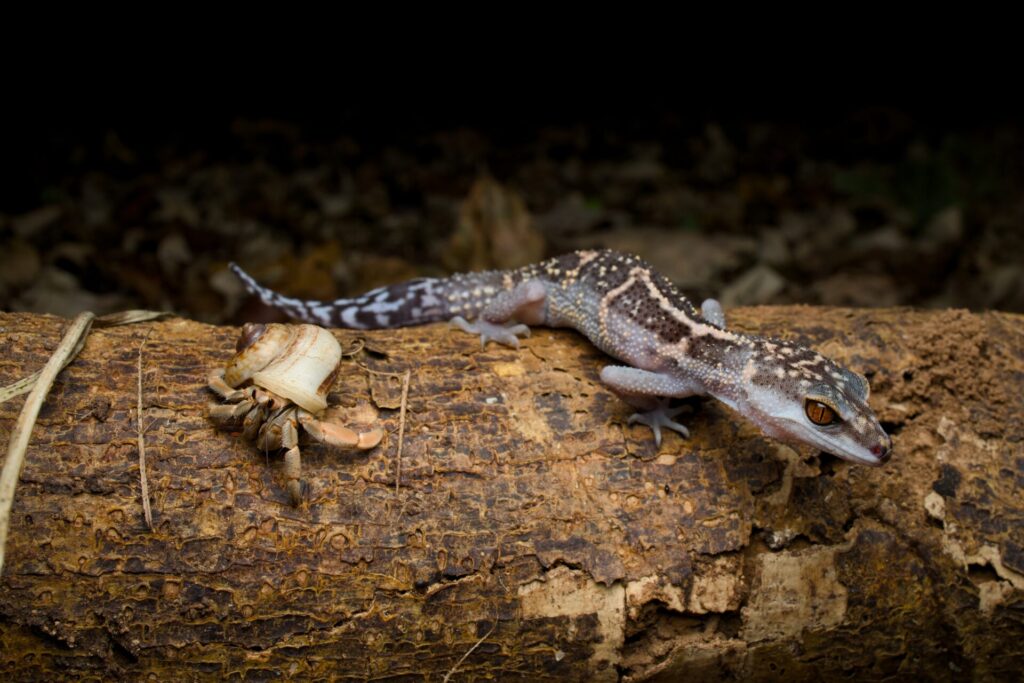
② Yambaru Ground Gecko (Goniurosaurus nebulozonatus)
It inhabits the Yambaru forests in the northern part of Okinawa Main Island. The line on its back is not continuous and sometimes forms a starry pattern. Its coloration is darker, giving it a chic overall impression.
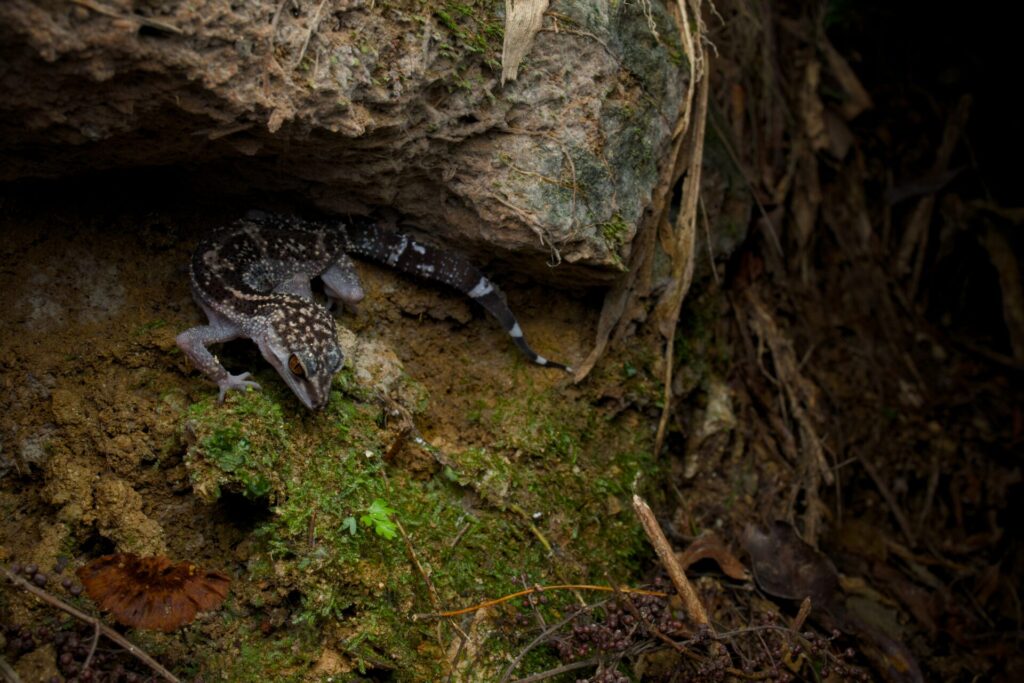
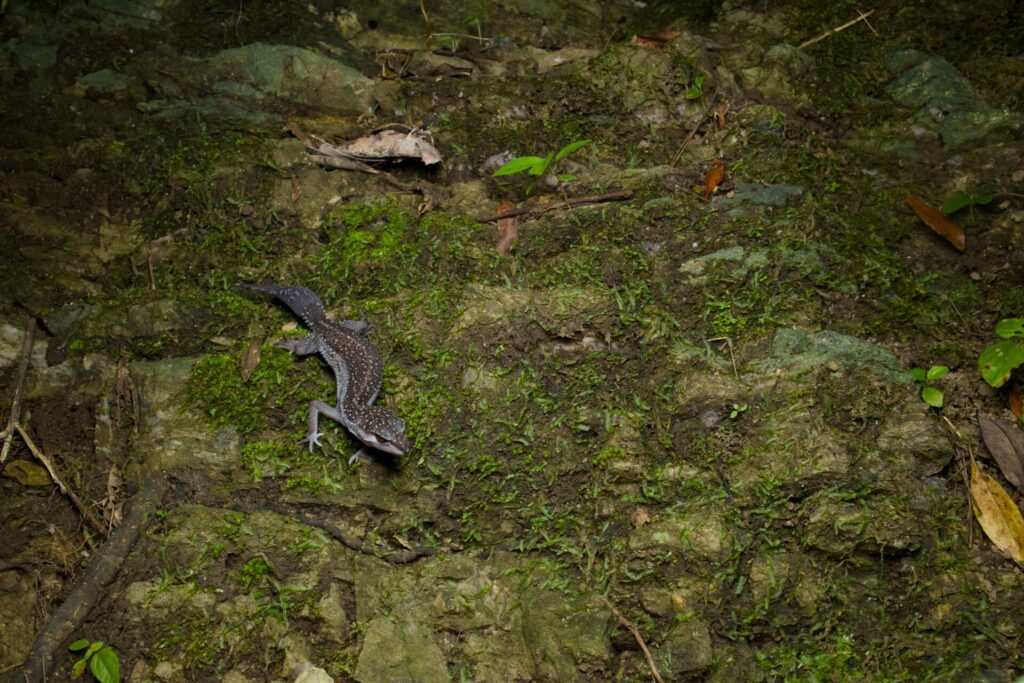
③ Kumejima Ground Gecko (Goniurosaurus yamashinae)
It inhabits Kume Island. Its body is predominantly yellow, with a striking contrast of black, white, and yellow. The eye color is unique among Japanese Goniurosaurus species and allows for easy identification.
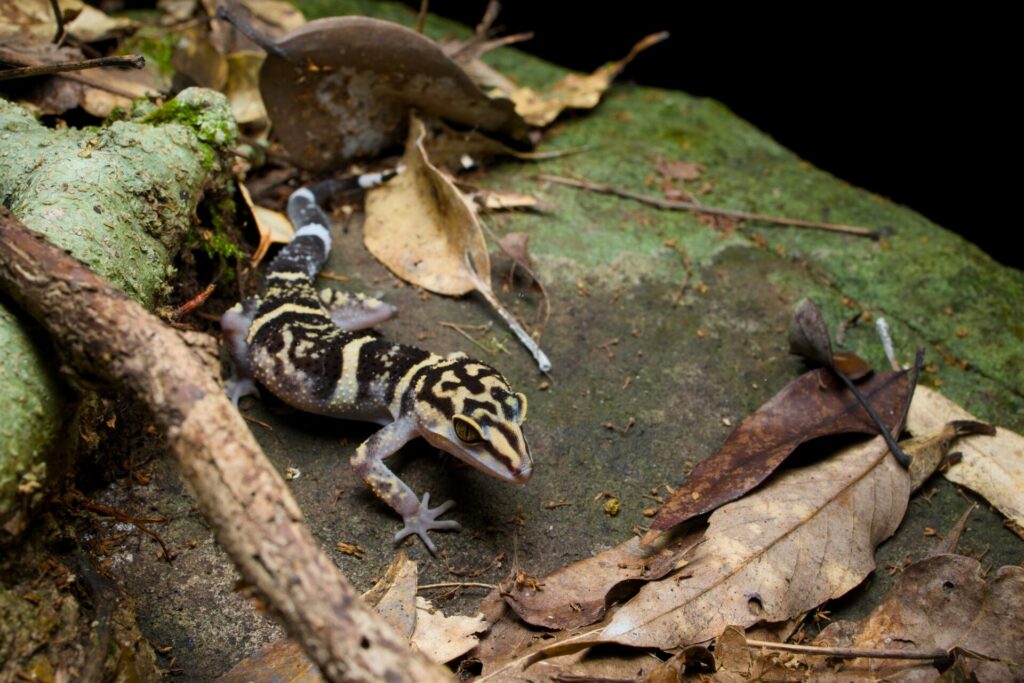
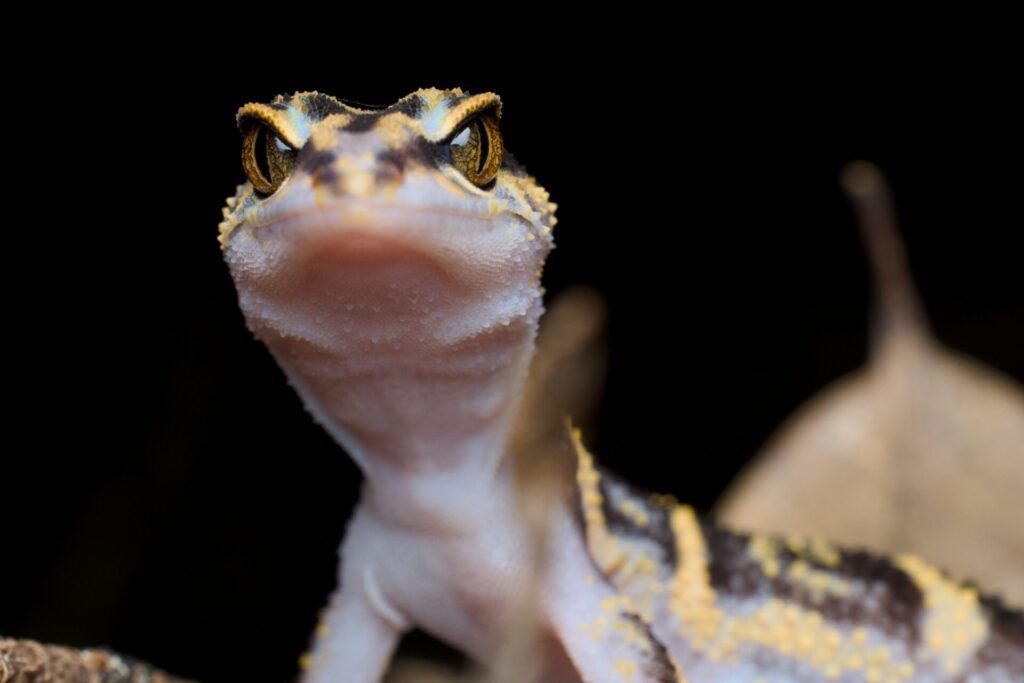
④ Spotted Ground Gecko (Goniurosaurus orientalis)
It inhabits Tonaki Island. Its banded pattern is very distinct, making it highly visible even in the night jungle. Tonaki Island, the only place in the world where this species occurs, is very small, and its habitat is therefore limited. During my visit, I also found some deceased individuals likely near the local settlement.
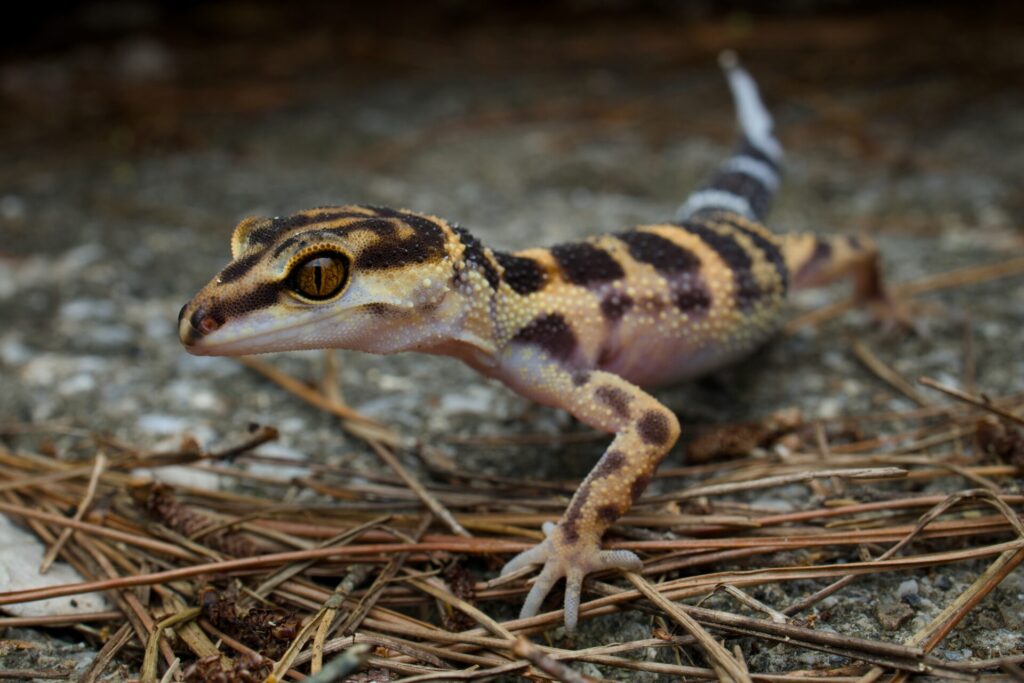
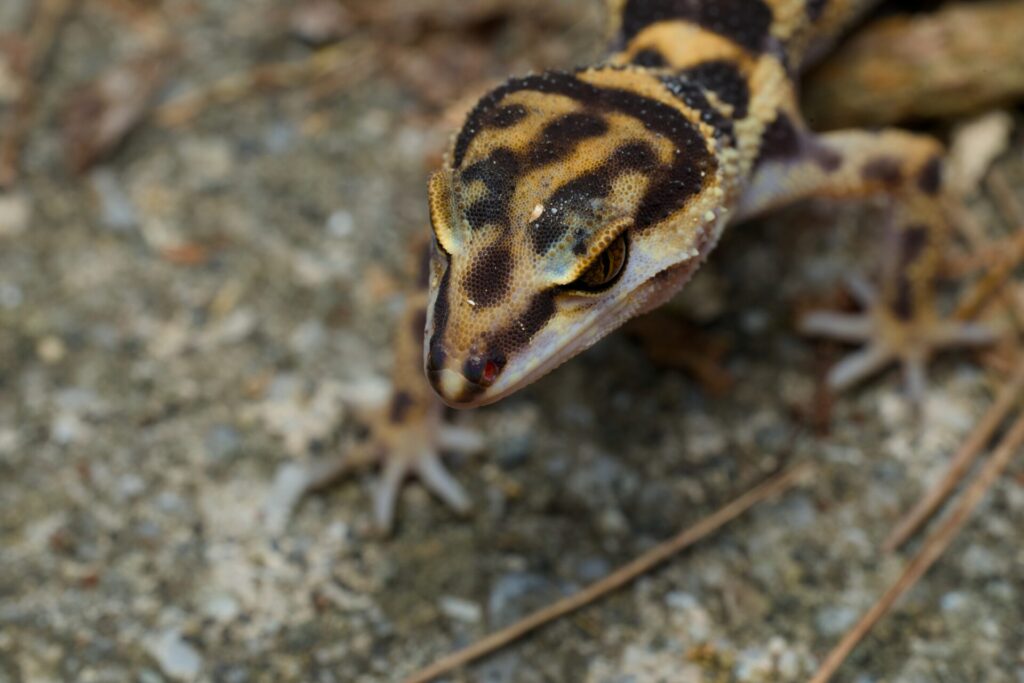
⑤ Kerama Ground Gecko (Goniurosaurus sengokui)
It inhabits Tokashiki and Aka Islands. It shines with the most vibrant orange among Japanese Goniurosaurus species, and among international Goniurosaurus enthusiasts, it is considered one of the most beautiful in the world. Genetically, it is closely related to the Spotted Ground Gecko, which was considered the same species until recently.
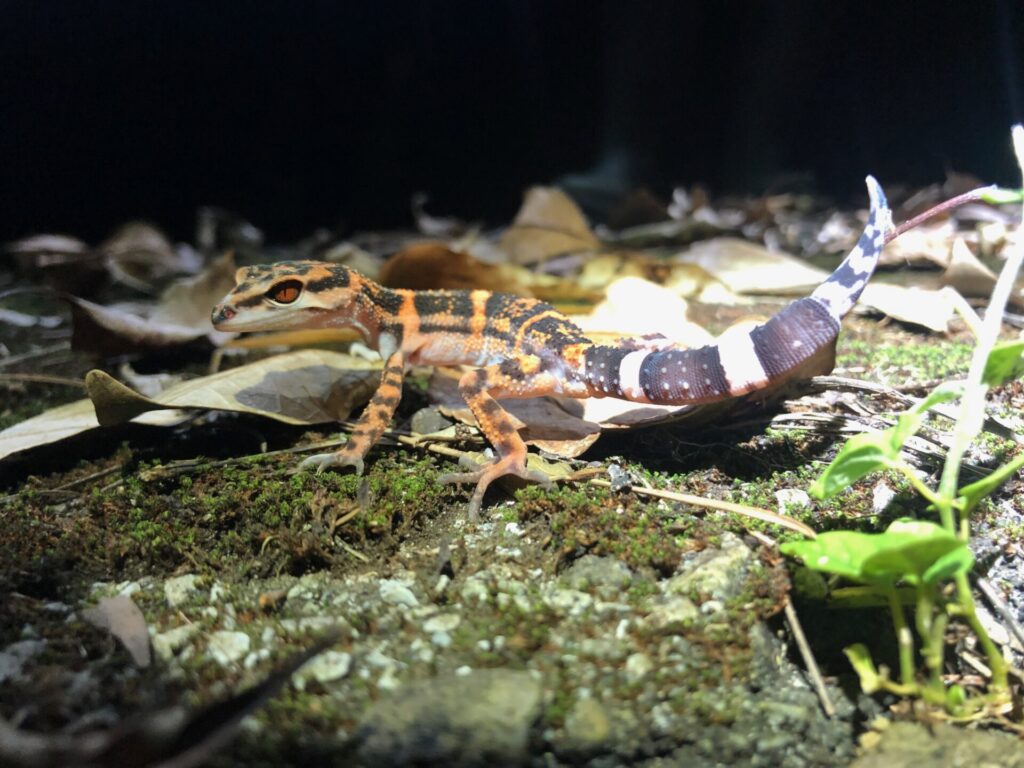
⑥ Iheya Ground Gecko (Goniurosaurus toyamai)
It inhabits Iheya Island. This species is notable for its pinkish skin and relatively large size. Observation is difficult; during my visit, I encountered only two individuals in one night.
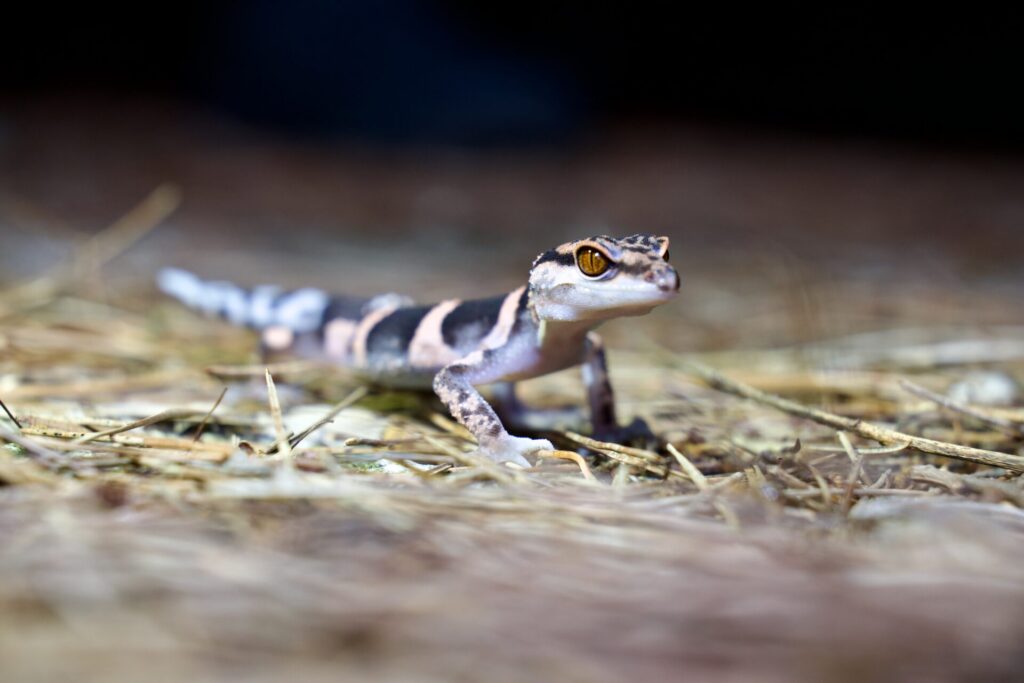
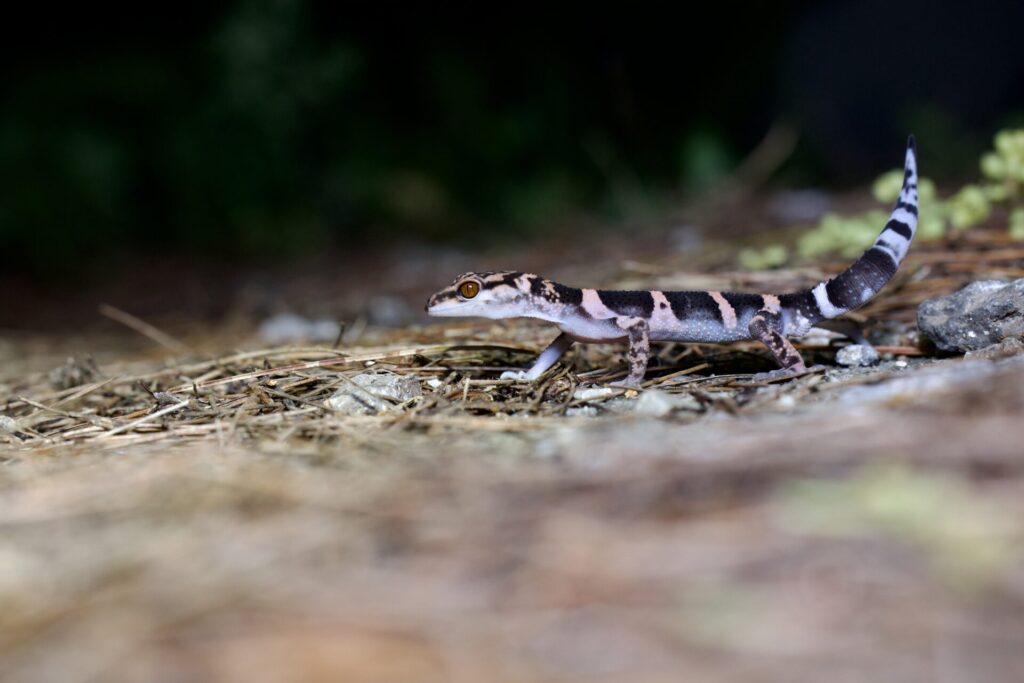
⑦ Banded Ground Gecko (Goniurosaurus splendens)
It inhabits Tokunoshima Island. It is the only Japanese Goniurosaurus species found in Kagoshima Prefecture. The smallest among Japanese ground geckos, it can sometimes be detected by the sound of stepping on fallen leaves. As its name suggests, it has banded markings and is genetically closest to the Iheya Ground Gecko.
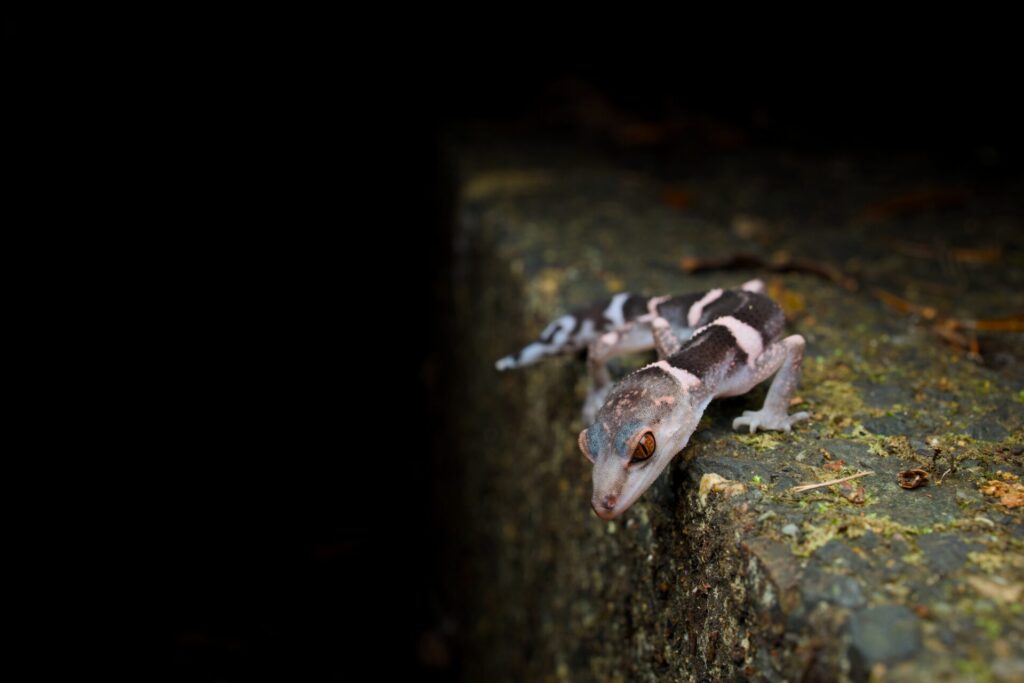
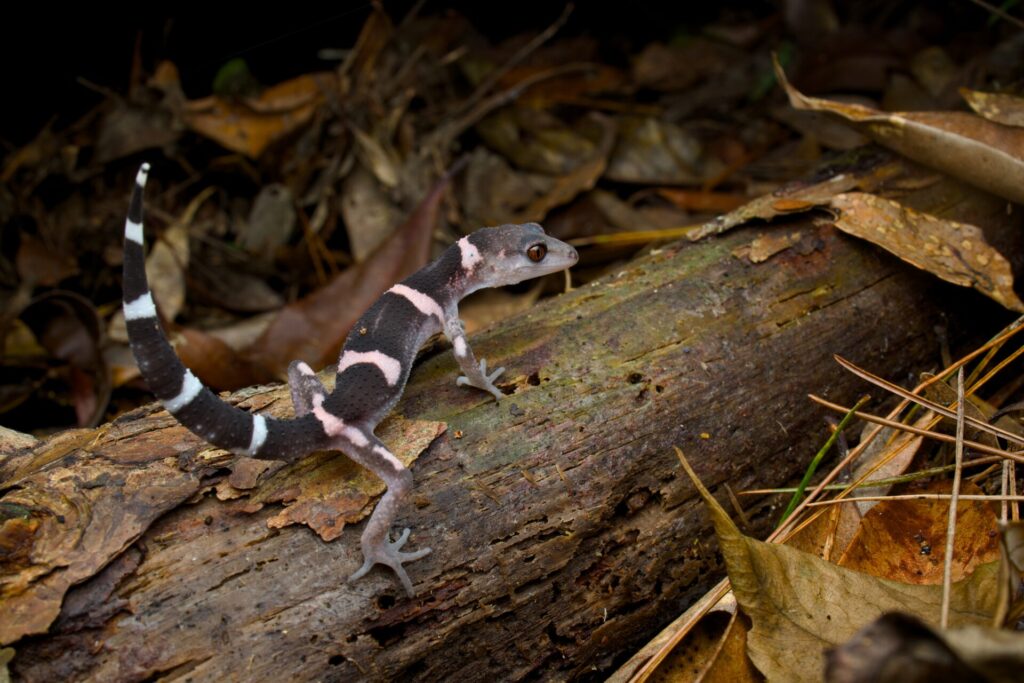
Japanese native Goniurosaurus species are extremely rare and are fully protected under Japan’s Act on Conservation of Endangered Species of Wild Fauna and Flora, meaning that capturing, keeping, or even touching them is prohibited. Like many reptiles and amphibians, these geckos are small and do not have the ability for long-distance movement; they often spend their entire lives in a single habitat. When large-scale environmental destruction occurs, they can rapidly become extinct. I hope to continue protecting the forests where these beautiful creatures can be observed, and to share information that encourages more people to take an interest in them.

